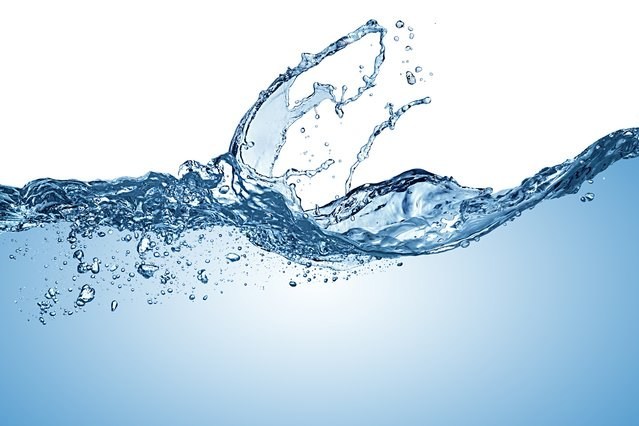
IIoT-based smart water utilities market to reach US$22.2B: Frost & Sullivan
by CM Staff

The report says there is demand for solutions such as smart water meters, smart online water sensors and smart non-revenue water leak management

PHOTO: Frost & Sullivan
SANTA CLARA, Calif. — Water and wastewater utilities are actively exploring Industrial Internet of Things (IIoT) solutions to converge various aspects of their assets so they can holistically manage them and transition from a conventional to smart infrastructure. This is according to recent analysis by research firm Frost & Sullivan, Impact of IIoT on the Global Water & Wastewater Industry.
The report examines the application potential of digital transformation and IoT in the water sector, covering water and wastewater utilities and networks, customer demand management, and treatment.
Frost & Sullivan says that driven by the demand for smart solutions such as smart water meters, smart online water sensors, and smart non-revenue water ( water that is lost before it reaches the customer) leak management, the global smart water grid market is expected to reach US$22.2 billion in 2020.
“Water and wastewater utilities are widely adopting data analytics platforms as analytics-driven intelligence is gradually becoming a key requirement for ensuring regulatory compliance and economic sustainability,” said Paul Hudson, industry analyst, Sustainability at Frost & Sullivan. “By combining artificial intelligence with data analytics, technology companies have developed solutions that can learn from various events and provide customized preventive measures. The predictive and prescriptive intelligence not only improves the resilience of the infrastructure but also minimizes the damage to the environment.”
“Utilities that are embracing IIoT-based digital transformation are likely to adopt a modular approach that can be scaled over a period to cover the entire asset,” added Hudson. “As every utility has a unique set of challenges, smart solutions need to be first customized and then integrated into a single platform. Eventually, there will be a continual focus on upgrading software solutions and expanding their capabilities to include even climatic factors and climate change goals.”
In addition to investing in advanced IIoT sensors and data analytics platforms, the report says smart water treatment or management product/solution providers will find growth opportunities by:
- Modifying their product lines to suit conventional infrastructure instead of merely focusing on new build/installation projects.
- Modularizing their offerings and providing asset management and business intelligence as separate customized modules. This will allow them to focus on providing value to maintain and maximize the data generated by their product/solution.
- Partnering with holistic data analytics solutions providers, which can effectively maximize the asset management and intelligence capabilities.
- Engaging in mergers and acquisitions with large engineering, procurement and construction and operation and maintenance companies, which can help with market penetration in both the new build and existing project base.